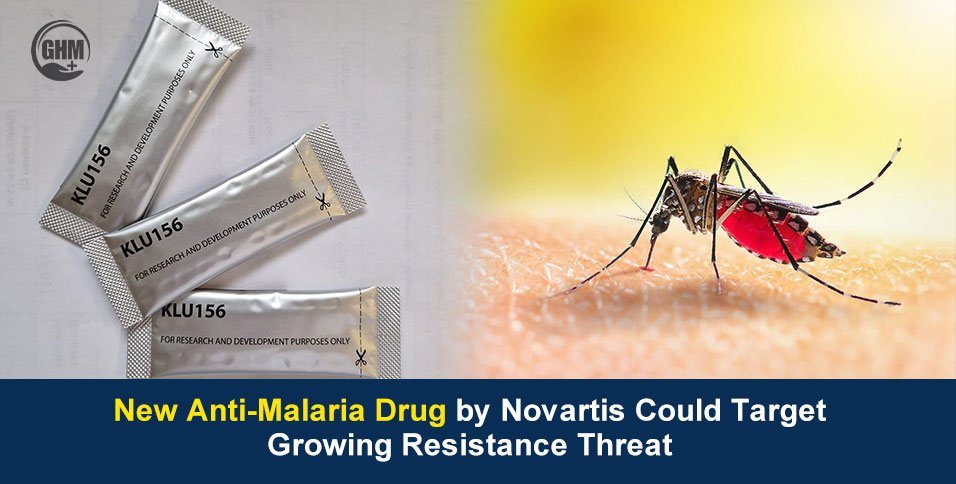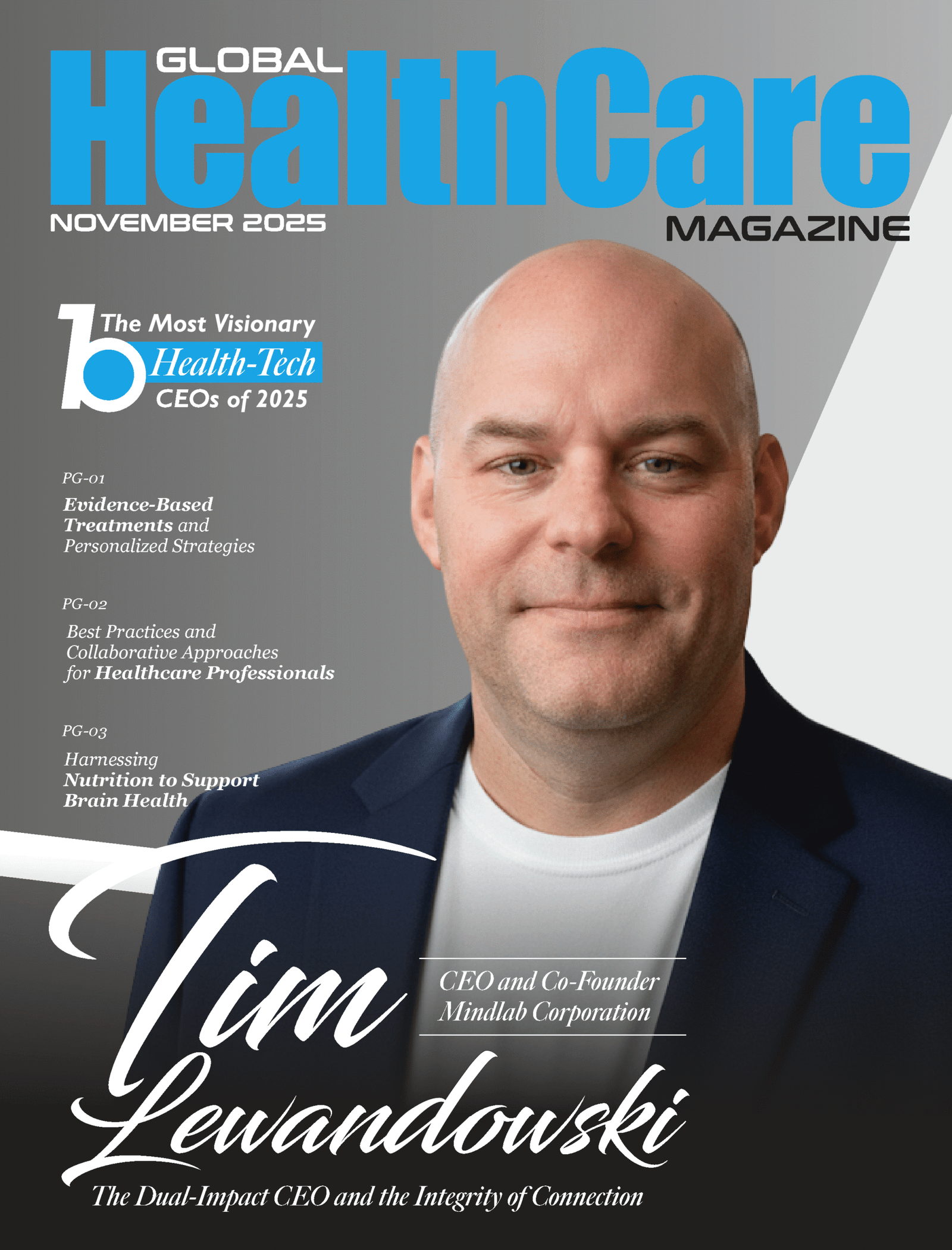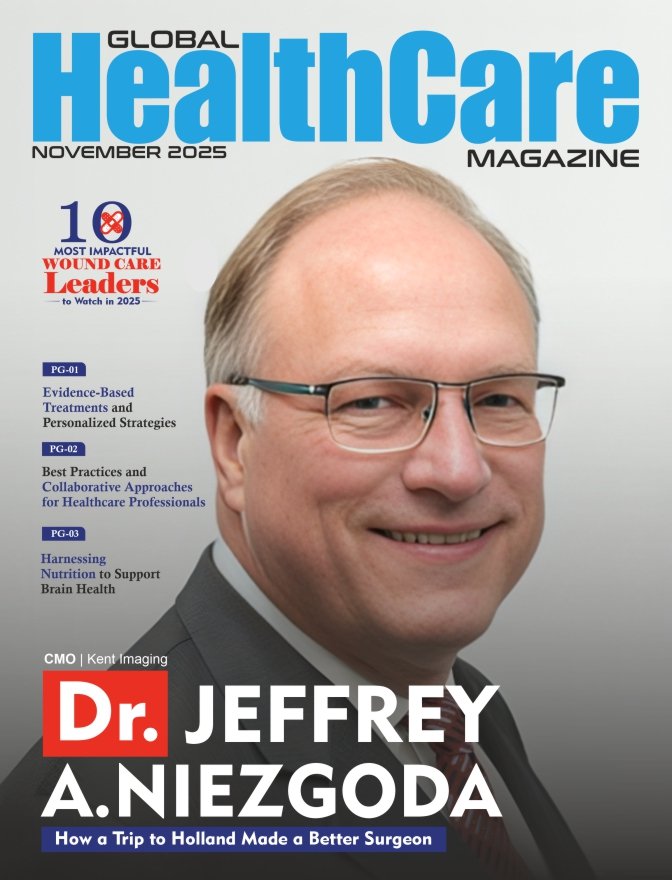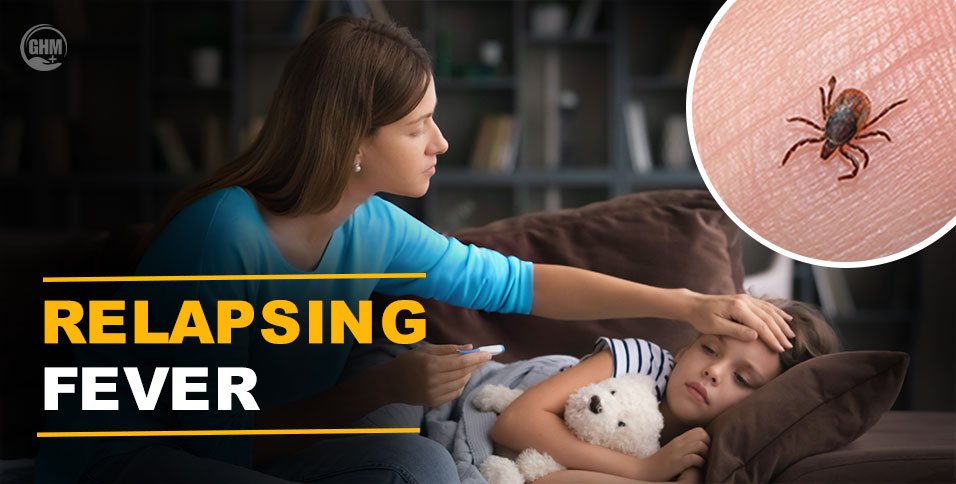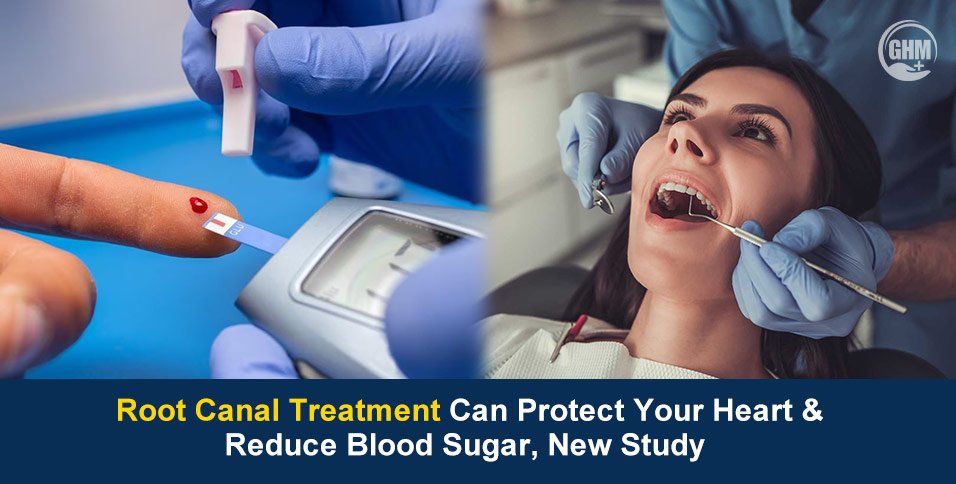In a major new development in the fight against malaria, the new anti-malaria drug from Novartis has shown outstanding results in late-stage trials, offering hope against rising drug-resistant malaria.
In these trials, malaria parasites show increasing resistance to existing treatments. Novartis says the treatment achieved more than 97% cure rates in a large trial and targets the transmission phase of the parasite.
What Is The Drug-Resistant Malaria Threat
Malaria, caused by parasites transmitted via mosquitoes, still kills hundreds of thousands of people each year, most of them children in sub-Saharan Africa.
Existing first-line therapies, based on compounds like artemisinin, still work but have cure rates around 94% and more importantly, signs of resistance are mounting.
Confirmed partial resistance has been seen in countries such as Eritrea, Rwanda, Uganda and Tanzania. Therefore, a new anti-malaria drug becomes critical as it could provide a ‘fire extinguisher’ against a blaze of resistance, rather than being caught unprepared.
What The New Drug Brings
- Novartis developed the new anti-malaria drug, formally called the combination of ganaplacide (a novel compound) and lumefantrine, in partnership with Medicines for Malaria Venture (MMV).
- In a Phase III trial involving 1,688 adults and children across 34 sites in 12 African countries, the drug achieved an over 97 % cure rate.
- It is unique because it not only clears the parasite in the patient, but also blocks transmission of the parasite from humans back to mosquitoes, a major advantage.
- Novartis plans to seek regulatory approval and aims to make the drug available within 12-18 months, on a non-profit basis in high-need regions.
How The New Anti-Malaria Drug Works
A New Mechanism Of Action
The compound ganaplacide belongs to a novel class of antimalarial drugs, differing from the artemisinin-based treatments.
Because it attacks the parasite via a different pathway, it is less vulnerable to existing resistance mechanisms that impair artemisinin therapies.
Blocking transmission means fewer parasites circulating in the community, which can slow the spread of resistant strains.
Clinical Trial Results
- Trial population: ~1,688 participants (adults and children) in 12 African countries.
- Cure rate: more than 97%.
- Compared with standard therapies (around 94% efficacy), the new anti-malaria drug offers meaningful improvement.
- Through collaboration, Novartis and MMV emphasise access and affordability.
Implications For Global Health & Policy
For Health Professionals & Industry Leaders
- This new anti-malaria drug could reshape treatment guidelines, particularly in regions where resistance is emerging.
- Policymakers will need to ensure regulatory fast-tracking, supply chain readiness and integration with existing malaria programmes (bed-nets, vaccines, mosquito control).
- Industry partners must plan for manufacturing scale-up, cost-effective pricing and distribution in low-income settings.
For The General Public And Communities
- A more effective treatment means fewer cases, fewer relapses, and potentially fewer deaths, especially among children.
- With transmission‐blocking capability, communities may benefit from a lower burden of infection as the new drug helps interrupt the parasite lifecycle.
- However, it is not a standalone solution: prevention (bed-nets, insecticide spraying), vaccines, and good health infrastructure remain essential.
Challenges Ahead
Resistance is dynamic: even this promising drug must be supported by good stewardship, monitoring, and combination therapy to forestall the rise of resistance.
Funding and infrastructure remain constrained in many malaria-endemic countries.
Ensuring that the new anti-malaria drug reaches those who need it most (remote, low-resource settings) will demand significant coordination.
Future of Anti-Malaria Drug
Novartis will file for regulatory approval and hopes to begin rollout within 12-18 months in countries hardest hit by resistance. Health systems will need to prepare for updated guidelines, train health workers, and monitor uptake and outcomes.
Donors and global health agencies will play a key role in financing access, distribution and support infrastructure.
Continued surveillance: as the new drug enters use, scientists must track for early signs of resistance or reduced effectiveness.
Conclusion
For decades, the battle against malaria has hinged on existing therapies that now face the growing threat of resistance. With the arrival of this new anti-malaria drug, we may have hope.
It is a timely reminder that innovation matters, and that when science, industry and global health work together, we can offer better tools for millions at risk.
The challenge now is making sure this breakthrough reaches the people who need it most and stays ahead of the parasite’s next move.

